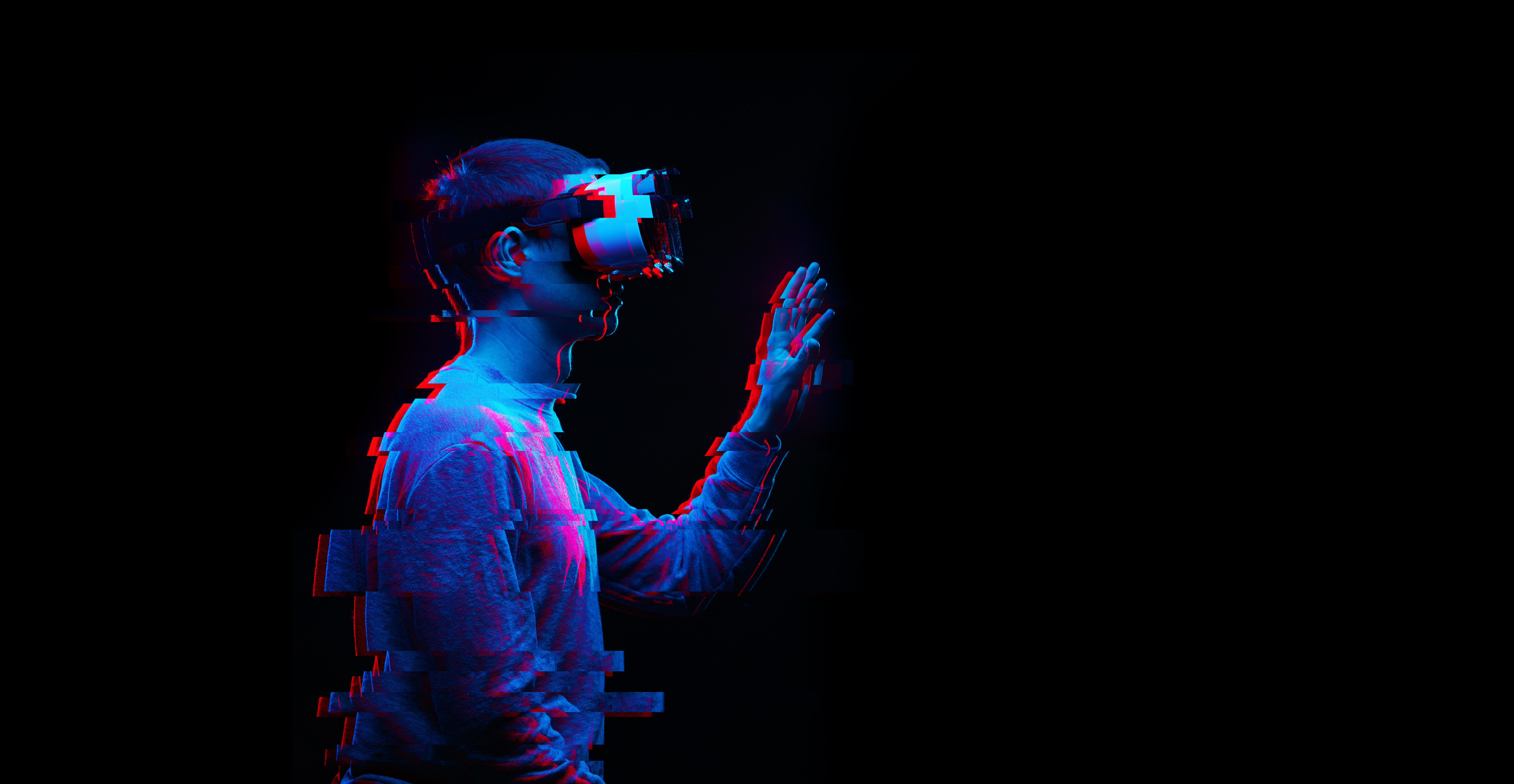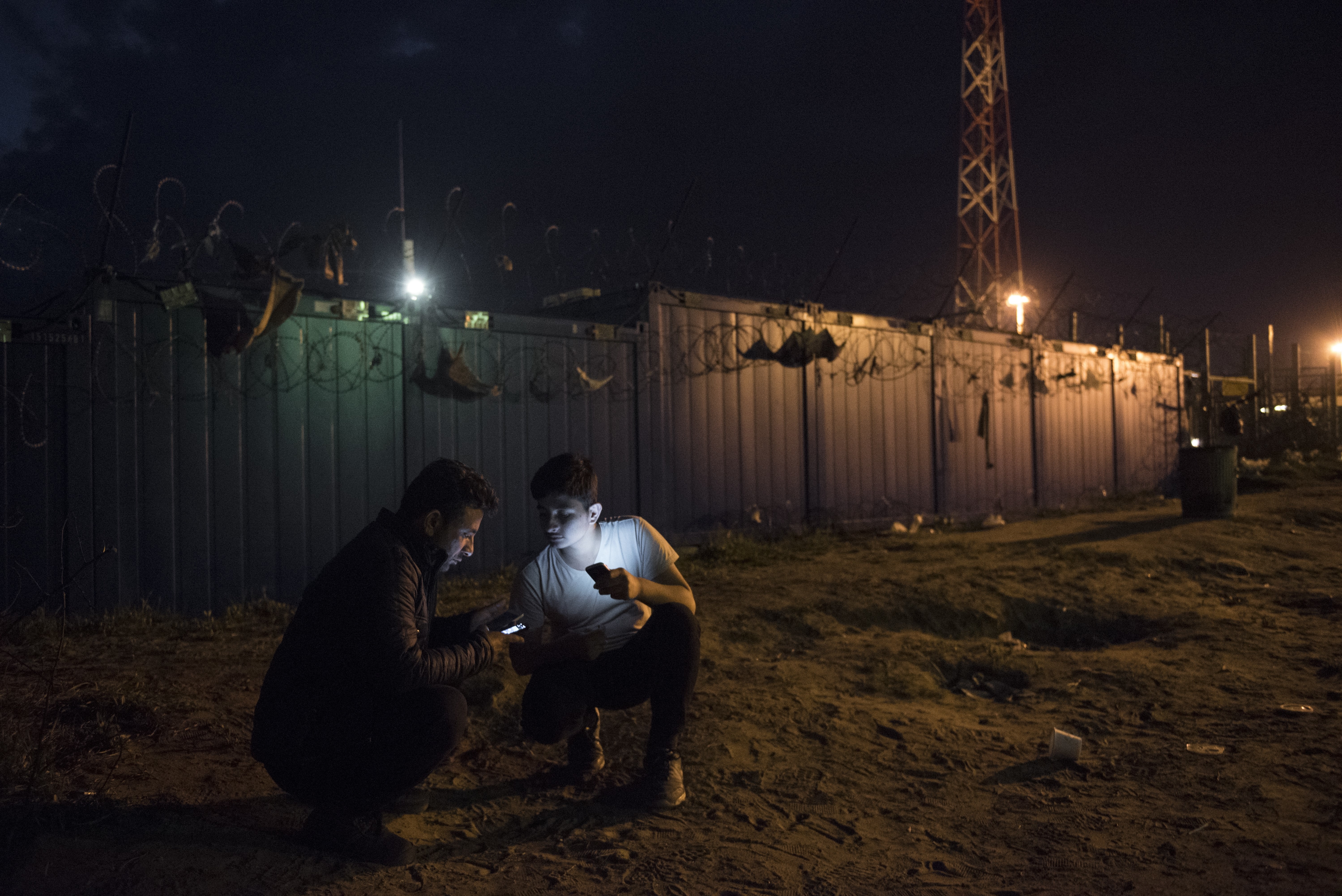High Tech, Meet Low Tech

I’ve been happy with my wifi router for the most part, but its signal isn’t that strong at the furthest part of the apartment from where it sits. I’ve sometimes thought about buying boosters or antennae or some other gadget to try to improve the situation.
Turns out there was a cheaper solution, which I read in this article by Paul Boutin. (Registration required.) Just crinkle some aluminum foil on one side of the box, and radio waves will bounce from the router in the opposite direction.
So now my device looks like the sort of router the Joads would have used, but the signal is, indeed, stronger. That’s a good reminder that there are limits to virtuality: all our means of storing, communicating and processing data rest, inescapably, on physical laws and physical constraints.
Without such moments, we tend to think our pixel-based activities are weightless and frictionless. And that error can lead us to overlook the physical consequences of a virtuality-based economy. For example: In a decade or so, according to the consulting firm McKinsey, the planet’s data servers will generate more greenhouse-gas emissions than all its airlines out together. Many of us in the world’s rich nations are using the Cloud more and more — to backup our photos, keep our email, even process our data. That has consequences in the physical world where we live. We should pay attention to them.
For instance, the research firm Gartner estimates that 35 to 50 percent of energy used by data centers is consumed by air conditioning, not the computers and hard drives. Better coolling technology for servers will cut their greenhouse-gas effects, so it’s a great idea to bug your data-serving company (Gmail, Mozy, Evernote etc.) about that issue.
Now that my router is wearing it’s crazy-man tinfoil hat, I find myself thinking about these connections more often.



